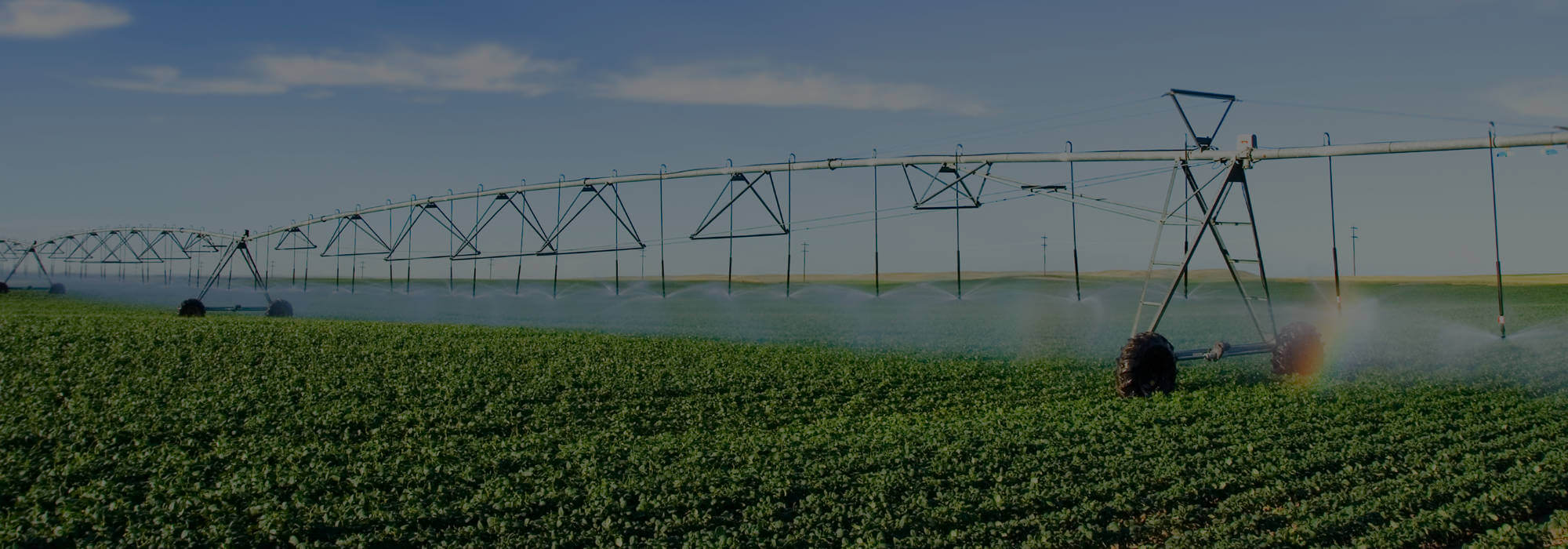01 Jan Did you know that the first land irrigated by the Columbia Basin Project was made possible by a pumping plant?
At the time the Columbia Basin Project (CBP) was being conceived, pumping irrigation water to a destination was almost inconceivable, but the topography of the Columbia Basin meant gravity-fed irrigation, alone, would not be sufficient for the development that would become the CBP. Did you know that the first land irrigated by the Columbia Basin Project was, in fact, made possible by a pumping plant?
When gravity cannot bring water to irrigate certain areas, pumping water comes to the rescue. The U.S. Bureau of Reclamation originally built 240 pumping plants as part of the CBP--from small three cubic feet per second outdoor pumps to substantial, indoor pump plants nearly 200 feet long and containing nine separate pumps.
In 1946, work began on a pumping project in the South Columbia Basin Irrigation District, and by 1948, water from the Columbia River was pumped to farms from a pumping plant northwest of Pasco. When construction was completed to deliver surface water to Block 1, the original pumps were moved to the Frenchman Hills Pumping Plant to irrigate land on top of the Frenchman Hills to this day.
The process of water delivery is complex, and the CBP’s applied innovations of the day were cutting-edge in the 1940’s. The Pasco Pump project was, essentially, an experiment, testing new machinery and construction techniques. Remarkably, many of the original features of the CBP are still in use, more than 70 years later.
Click here to learn more about the Pasco Pump Unit and other areas of the Columbia Basin Project.
